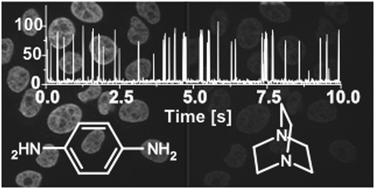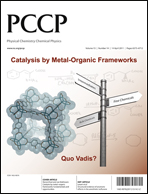Modern fluorescence microscopy applications go along with increasing demands for the employed fluorescent dyes. In this work, we compared antifading formulae utilizing a recently developed reducing and oxidizing system (ROXS) with commercial antifading agents. To systematically test fluorophore performance in fluorescence imaging of biological samples, we carried out photobleaching experiments using fixed cells labeled with various commonly used organic dyes, such as Alexa 488, Alexa 594, Alexa 647, Cy3B, ATTO 550, and ATTO 647N. Quantitative evaluation of (i) photostability, (ii) brightness, and (iii) storage stability of fluorophores in samples mounted in different antifades (AFs) reveal optimal combinations of dyes and AFs. Based on these results we provide guidance on which AF should preferably be used with a specific dye. Finally, we studied the antifading mechanisms of the commercial AFs using single-molecule spectroscopy and reveal that these empirically selected AFs exhibit similar properties to ROXS AFs.

You have access to this article
 Please wait while we load your content...
Something went wrong. Try again?
Please wait while we load your content...
Something went wrong. Try again?


 Please wait while we load your content...
Please wait while we load your content...